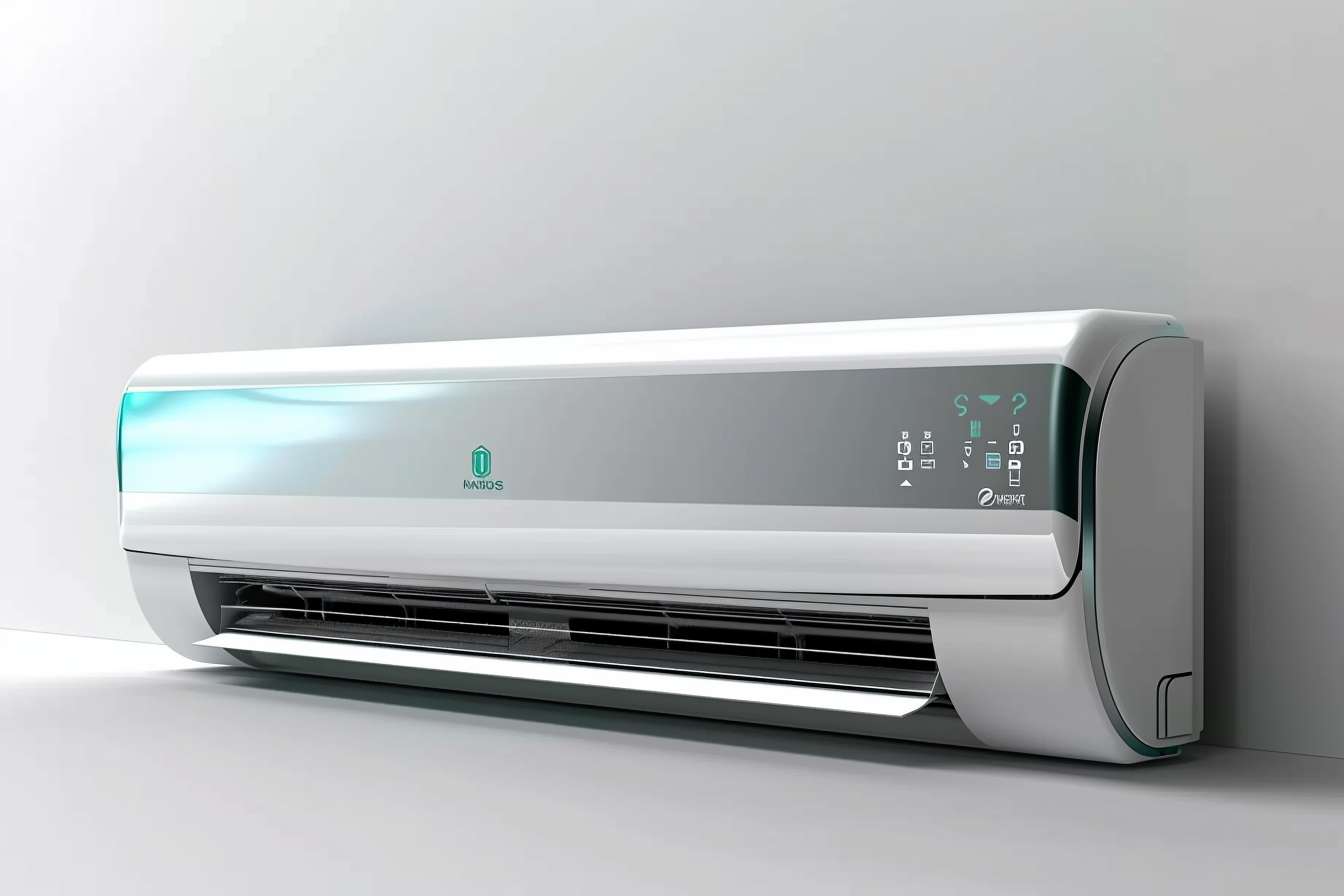The Evolution of Air Conditioning Technology: Smart Solutions for Modern Needs
Air conditioning systems have transformed from simple cooling devices into sophisticated climate control solutions. Modern air conditioning technology encompasses a range of innovations designed to enhance comfort, improve energy efficiency, and reduce environmental impact. This evolution reflects growing concerns about energy consumption and the need for sustainable building management practices. Today's air conditioning systems integrate smart technology, renewable energy sources, and advanced climate control features to create comfortable indoor environments while minimizing operational costs and carbon footprints.

Smart Air Conditioner Marketing Transforms the HVAC Industry
The integration of smart technology into air conditioning systems has revolutionized how these products are marketed and utilized. Smart air conditioners offer remote control capabilities through mobile applications, allowing users to adjust settings from anywhere. These systems collect and analyze data on usage patterns, enabling them to automatically adjust operations for optimal efficiency. Temperature and humidity sensors provide real-time feedback, allowing the system to maintain precise comfort conditions while minimizing energy consumption. Many manufacturers now emphasize these smart features in their marketing, highlighting the convenience, energy savings, and improved indoor air quality that these systems provide.
HVAC Renewable Energy Systems Reduce Environmental Impact
The HVAC industry has increasingly embraced renewable energy systems to address environmental concerns and reduce operational costs. Solar-powered air conditioning systems harness energy from photovoltaic panels to power cooling and heating functions, significantly reducing electricity consumption from conventional sources. Geothermal heat pumps leverage the stable temperatures beneath the earth’s surface to provide efficient heating and cooling. These systems typically use 25-50% less electricity than conventional heating or cooling systems. Additionally, some commercial buildings now incorporate wind energy to supplement power needs for large-scale air conditioning systems. The integration of renewable energy sources with HVAC systems represents a significant advancement in sustainable building technologies.
Air Conditioning and Heating HVAC Systems for Year-Round Comfort
Modern HVAC systems provide comprehensive climate control solutions that manage both heating and cooling requirements throughout the year. Heat pumps serve as versatile solutions that can both heat and cool spaces by transferring heat between indoor and outdoor environments rather than generating it. Variable refrigerant flow (VRF) systems allow for simultaneous heating and cooling in different zones of a building, maximizing comfort while minimizing energy use. Advanced filtration systems incorporated into integrated HVAC solutions improve indoor air quality by removing pollutants, allergens, and pathogens. These year-round systems provide consistent comfort while offering operational efficiencies that reduce overall energy consumption.
Climate Control Systems for Office Environments Enhance Productivity
Office environments present unique challenges for climate control, requiring systems that maintain consistent comfort across diverse spaces while supporting productivity. Zoned climate control allows different areas of an office to maintain independent temperature settings based on occupancy and usage patterns. Building management systems integrate with office climate control to automate adjustments based on occupancy schedules, reducing energy waste during non-business hours. Advanced humidity control prevents issues with static electricity, paper handling, and electronic equipment while contributing to occupant comfort. Studies indicate that properly maintained office temperatures between 70-73°F (21-23°C) can improve productivity by approximately 2-4%.
Commercial HVAC Equipment Advances for Large-Scale Applications
Commercial HVAC equipment has evolved significantly to meet the demands of larger buildings and complex environments. Modular commercial systems allow for scalable solutions that can be expanded or reconfigured as building needs change. Energy recovery ventilators capture and reuse thermal energy from exhaust air, significantly reducing the energy required to condition fresh air brought into the building. Water-cooled chillers provide highly efficient cooling for large commercial spaces, with advanced models achieving efficiency ratings that substantially exceed minimum standards. Building automation systems optimize commercial HVAC performance by continuously monitoring conditions and adjusting operations accordingly, often resulting in energy savings of 10-30%.
Cost Considerations and Equipment Comparison
The financial aspects of air conditioning systems extend beyond initial purchase costs to include installation, maintenance, and operational expenses. Understanding these factors helps organizations make informed decisions when selecting appropriate systems.
| HVAC System Type | Average Initial Cost | Energy Efficiency | Annual Operating Cost | Typical Lifespan |
|---|---|---|---|---|
| Standard Split System | $3,000-$7,000 | 14-16 SEER | $300-$500 | 15-20 years |
| Smart Ductless Mini-Split | $4,000-$10,000 | 18-27 SEER | $200-$400 | 15-20 years |
| VRF Commercial System | $15,000-$35,000+ | 18-28 SEER | $2,000-$8,000 | 15-20 years |
| Geothermal Heat Pump | $20,000-$40,000 | 20-30 EER | $1,000-$2,500 | 25+ years |
| Solar-Assisted HVAC | $15,000-$30,000 + solar | Varies | $500-$1,500 | 15-20 years |
Prices, rates, or cost estimates mentioned in this article are based on the latest available information but may change over time. Independent research is advised before making financial decisions.
The Future of Air Conditioning Technology
Air conditioning technology continues to evolve with a focus on sustainability, efficiency, and smart integration. Developments in refrigerants with lower global warming potential are reducing environmental impact while maintaining or improving system efficiency. Machine learning algorithms are enhancing the predictive capabilities of smart systems, allowing them to anticipate needs and optimize performance. The integration with smart building ecosystems is creating holistic approaches to building management that maximize occupant comfort while minimizing resource consumption. As climate change concerns grow, the air conditioning industry is increasingly focused on solutions that provide essential comfort while addressing environmental imperatives.




